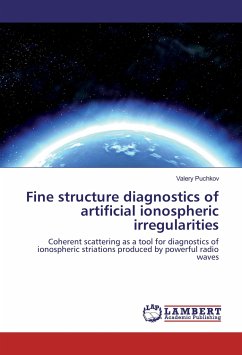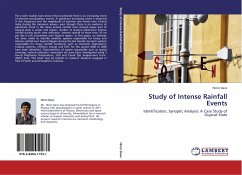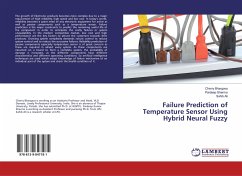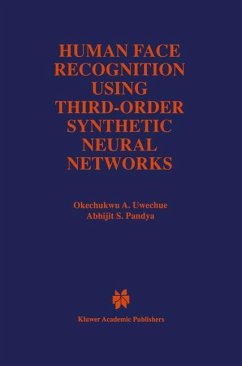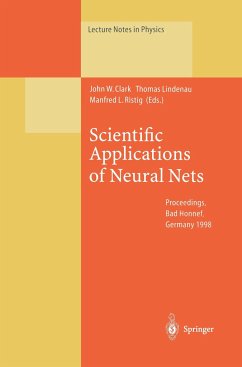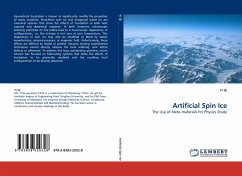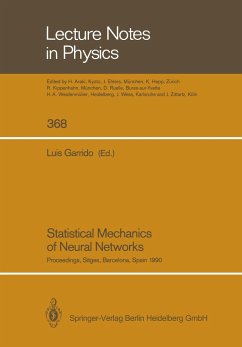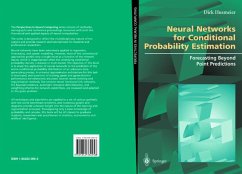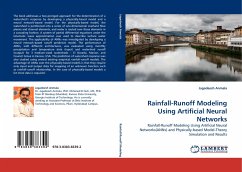
Rainfall-Runoff Modeling Using Artificial Neural Networks
Rainfall-Runoff Modeling Using Artificial Neural Networks(ANNs) and Physically-based Model-Theory Simulation and Results
Versandkostenfrei!
Versandfertig in 6-10 Tagen
45,99 €
inkl. MwSt.

PAYBACK Punkte
23 °P sammeln!
The book addresses a two-pronged approach for the determination of a watershed's response by developing a physically-based model and a neural network-based model. For the physically-based model, the watershed is partitioned into a series of one-dimensional overland flow planes and channel elements, and water is routed over these elements in a cascading fashion. A system of partial differential equations under the kinematic wave approximation was used to describe surface water movement. The applicability of ANNs was investigated by developing a neural network-based runoff predictive model. The ...
The book addresses a two-pronged approach for the determination of a watershed's response by developing a physically-based model and a neural network-based model. For the physically-based model, the watershed is partitioned into a series of one-dimensional overland flow planes and channel elements, and water is routed over these elements in a cascading fashion. A system of partial differential equations under the kinematic wave approximation was used to describe surface water movement. The applicability of ANNs was investigated by developing a neural network-based runoff predictive model. The performance of ANNs, with different architectures, was evaluated using monthly precipitation and temperature data (input) and watershed runoff (output) for 3 medium-sized watersheds El Dorado, Marion, and Council Grove in Kansas, USA. The prediction of watershed response was also studied using several existing empirical rainfall-runoff models. The advantage of ANNs over the physically-based models is that they require only input and output data for mapping of an unknown function such as rainfall-runoff relationship. In the case of physically-based models a lot more data is required.



